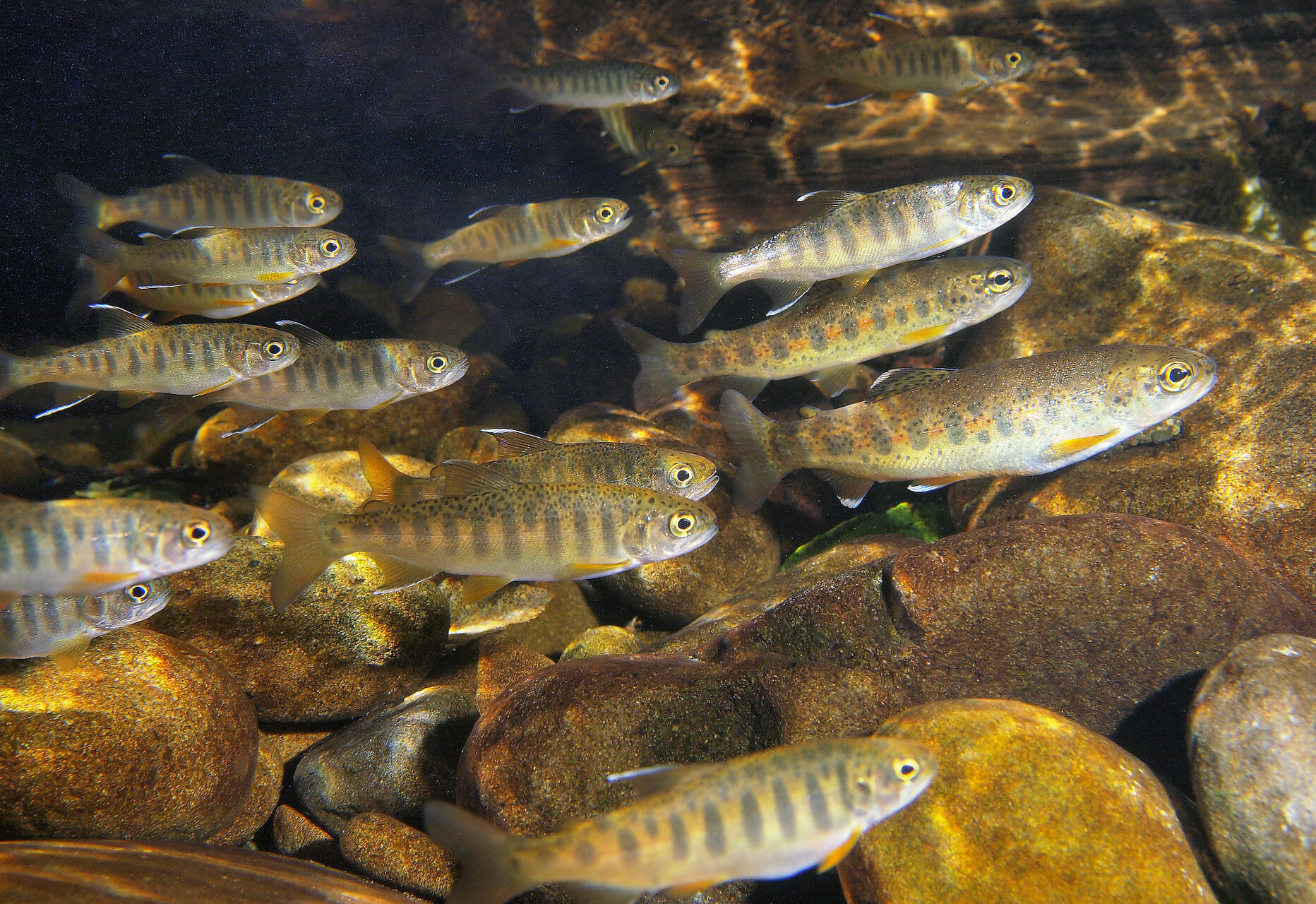TU’s North Coast Coho and Steelhead Restoration Program is clearing the way for salmon and steelhead in coastal streams north of San Francisco
California’s coastal streams north of San Francisco Bay are the last bastion for native Coho in the Golden State. They are also the best hope for coastal wild steelhead in this state, as climate change reduces flows and raises water temperatures.
Since 1998, Trout Unlimited has worked to improve habitat and water quality and reconnect streams for these fish through our North Coast Coho and Steelhead Restoration Program. Bringing together timber companies, other landowners, local watershed groups, and state and federal agencies, this partnership is restoring ecosystem processes to create durable habitat conditions and help both salmonids and human communities become more resilient to climate change.
Anna Halligan, director of the program, doesn’t come from salmon country. She’s from the bass and panfish Mecca of the Carolinas. But she liked to fish for stocked rainbows in small streams in the Blue Ridge Mountains, and a trip to Southeast Alaska as she pursued an environmental science degree introduced her to salmon and steelhead. She’s been drawn to these beautiful, keystone fish species ever since.
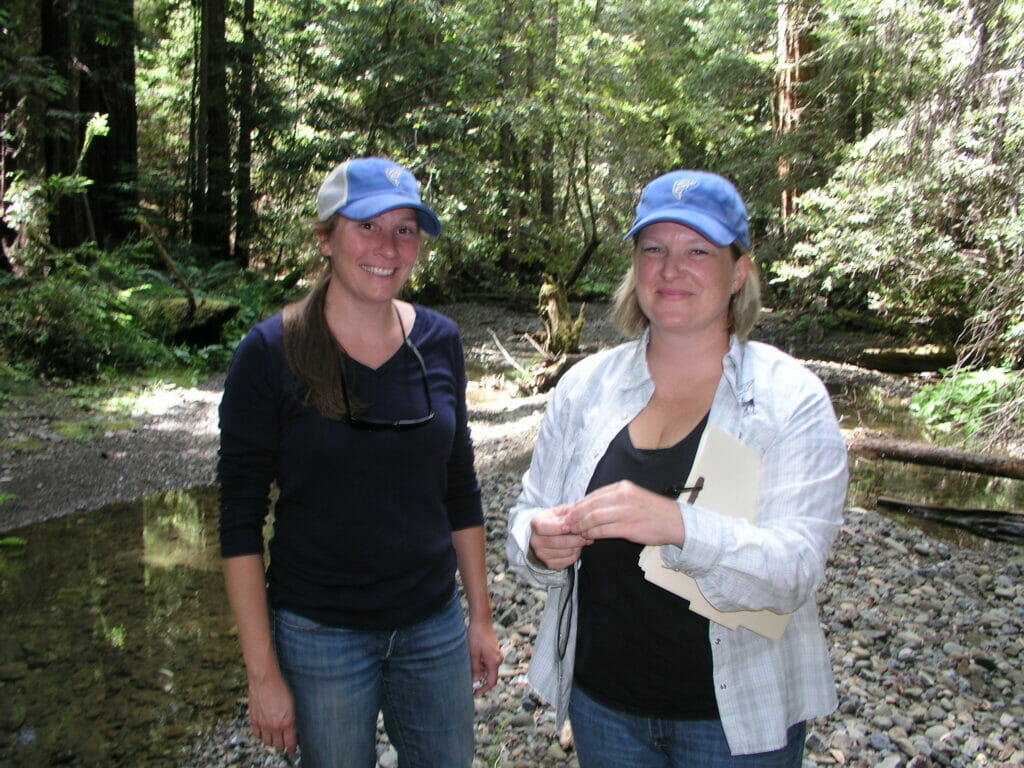
After working for the California Conservation Corps and doing steelhead restoration on the central California coast, Anna moved north to Mendocino County, where over the past fifteen years she’s expanded dramatically the breadth of TU’s work. Podcasts. Radio shows. Videos with agency partners. Working with local media. Growing partnerships and funding. Winning awards for leadership in conservation. Anna has been a force.
“In all my work with TU,” she says, “I’ve prioritized projects that restore freshwater fish habitat, enhance water quality and instream flow, reduce stormwater runoff, and help manage invasive species. Much of this work is on private timber lands, but I have also worked closely with ranchers and farmers on projects that improve grazing practices to minimize erosion and improve water quality. I strive to find innovative ways to help communities live responsibly on the lands that sustain them.”
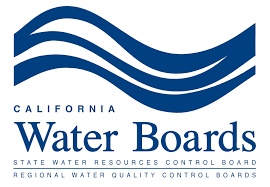
As of last fall, the program had developed more than 120 projects that had removed 13 fish migration barriers, opened access to about 63 miles of upstream habitat, added over 6,480 pieces of large wood to 115 miles of stream, and improved or decommissioned 273 miles of road, preventing some 63,000 dump trucks full of sediment from degrading water quality so far.
However, Coho remain near extinction in California and there is an urgent need to complete more restoration before this native species reaches the tipping point.
Part of the reason Coho are so diminished is that historical logging practices removed large wood from many streams, resulting in simplified stream systems that don’t provide adequate habitat. Putting tree trunks, root balls and other large wood back into streams creates pools, traps sediment, provides cover for juvenile fish, slows flow velocities during storms, and retains nutrients and organic matter.
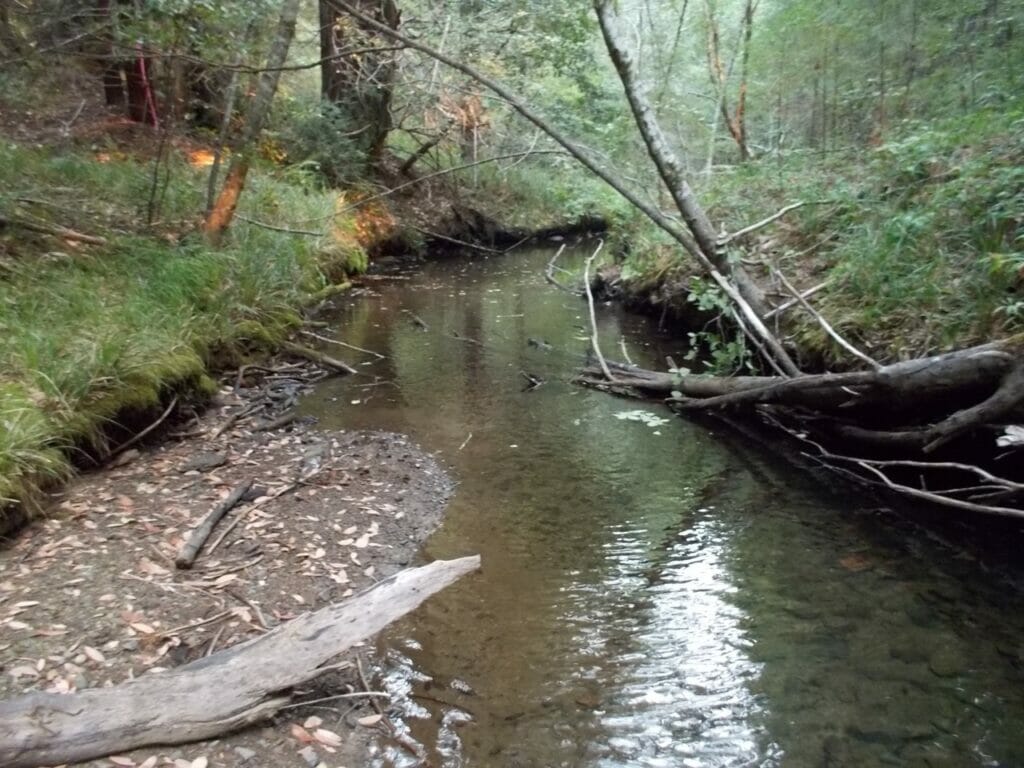
Over the past five years, TU has primarily relied on funds from the NOAA Restoration Center and the California State Water Resources Control Board’s Timber Regulation and Forest Restoration Fund for large wood restoration in seven priority Coho streams in Mendocino County.
The NOAA funding is a good example of how federal dollars invested in stream restoration and other “natural infrastructure” help people, fish, and watersheds. The federal infrastructure law passed in 2021 invested $400 million in NOAA’s Community-based Restoration Program and $172 million in the Pacific Coastal Salmon Recovery Fund to support just this kind of work.
With the recent funding, TU has installed root balls and other large pieces of wood in priority Coho restoration streams to improve habitat—and in the meantime established a model for accelerating how much habitat can be treated each year.
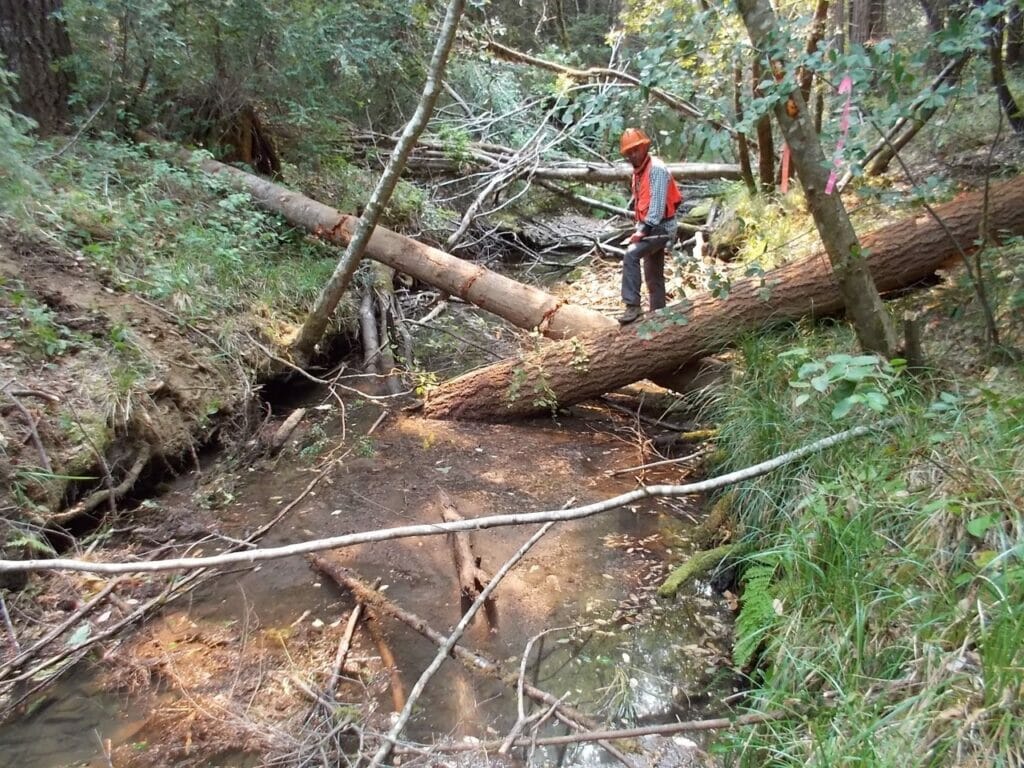
This collaborative planning and implementation model focuses on streamlining planning, permitting, and implementation of multiple project sites each year, which has enabled TU and our partners to do instream wood restoration over 26 miles of Coho waters over the last five years.
“We are grateful that our funders understood the need for refining the formula to increase the pace of on-the-ground restoration, and shared our vision for planning and implementing a suite of projects that could help us do that,” Halligan said. “We look forward to our next funded phase of this work, which will treat another 10 miles of instream habitat with the support of the California Department of Fish and Wildlife’s North Coast Salmon Project/Cutting the Green Tape Initiative.”
Halligan and her crew are sharing their expertise. Last November, for example, we partnered with the Salmonid Restoration Federation to host a Large Wood Technical Field School for 48 professionals from natural resource agencies, forestry and engineering firms.
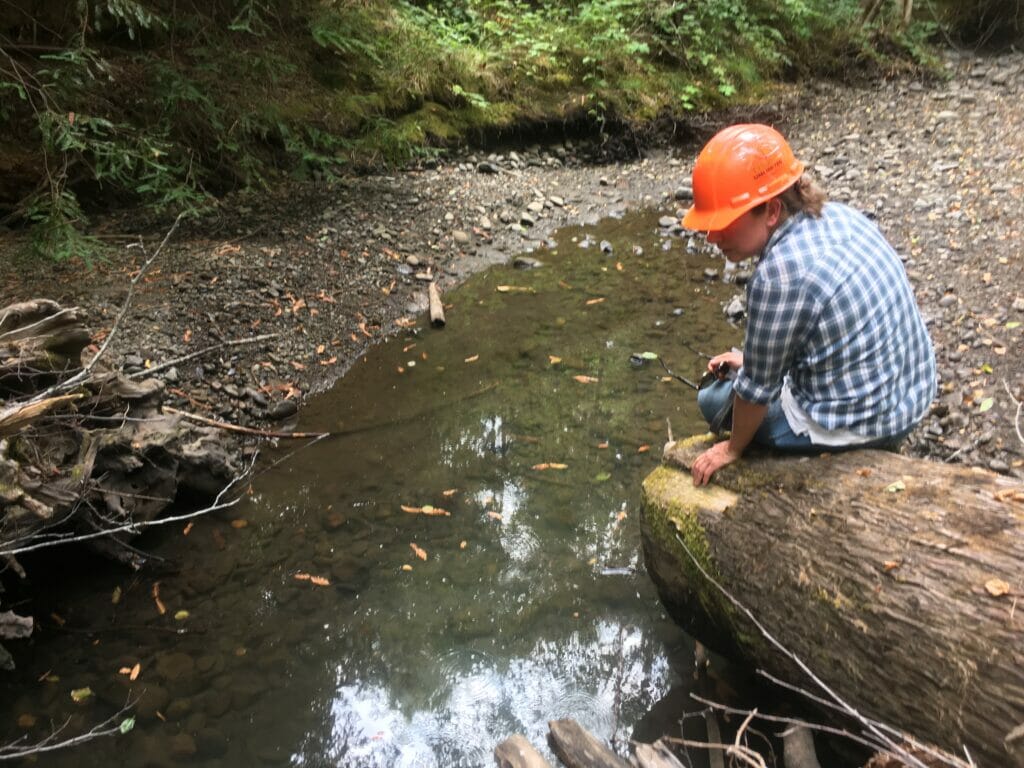
On the ground, the work goes on. In February, the program won $1.7 million in grants for large wood augmentation on the South Fork Eel, Navarro, Noyo, and Ten Mile rivers, all of them high-priority Coho waters.
Some scientists predict that salmon could be extirpated from California within the next 50 years. If we are to rebuild and sustain these iconic species on the North Coast, we must accelerate the pace of habitat restoration. Collaborative efforts like this provide a proven model for doing this successfully.
Learn more here.
TU’s valued partners in this work include Blencowe Watershed Management and the California Conservation Corps.



